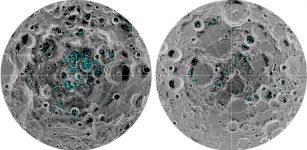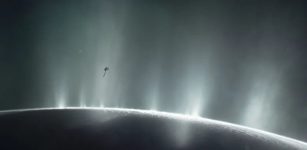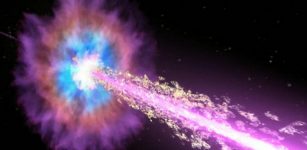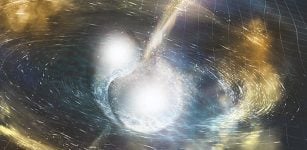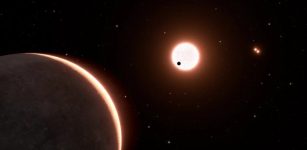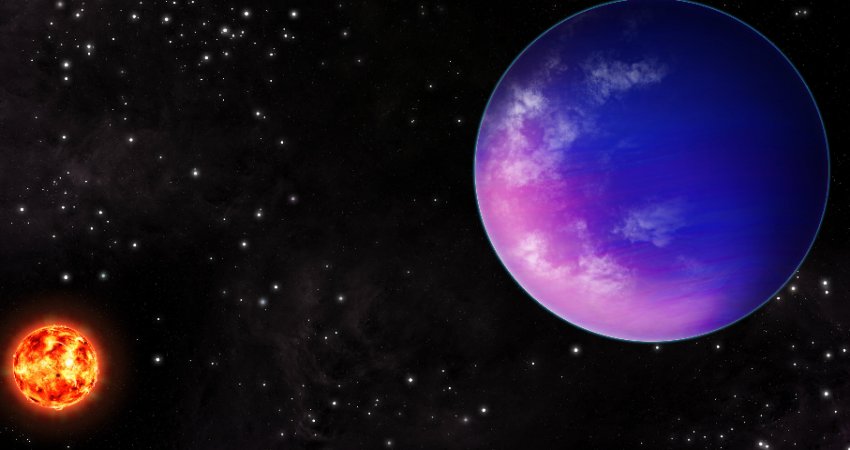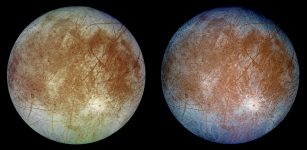‘Red Flag’ Captured By WHAM Telescope Gives New Clues About Milky Way
Eddie Gonzales Jr. – MessageToEagle.com – Using the Wisconsin H-Alpha Mapper (WHAM), a ground-based telescope in Chile, astronomers spotted a red-colored feature at the center of our galaxy.
The discovery is important because it can give new clues to the fundamental source of our galaxy’s power, said L. Matthew Haffner of Embry-Riddle Aeronautical University.
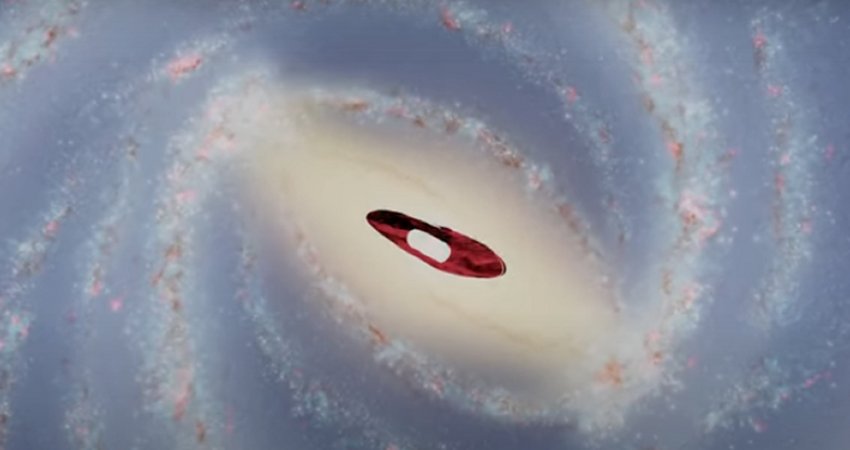 The artist’s impression of the Milky Way shows the bar and spiral pattern scientists believe make up our Galaxy. source
The artist’s impression of the Milky Way shows the bar and spiral pattern scientists believe make up our Galaxy. source
“The Milky Way’s nucleus thrums with hydrogen that has been ionized, or stripped of its electrons so that it is highly energized, said Haffner, assistant professor of physics & astronomy at Embry-Riddle and co-author of the Science Advances paper.
“Without an ongoing source of energy, free electrons usually find each other and recombine to return to a neutral state in a relatively short amount of time,” he explained.
“Being able to see ionized gas in new ways should help us discover the kinds of sources that could be responsible for keeping all that gas energized.”
It took time to peer through a kind of tattered dust cover. Packed with more than 200 billion stars, the Milky Way also harbors dark patches of interstellar dust and gas.
Finally, the researchers found the oddity was ionized hydrogen gas, which appears red when captured through the sensitive WHAM telescope, and it was moving in the direction of Earth.
The position of the feature — known to scientists as the “Tilted Disk” because it looks tilted compared with the rest of the Milky Way — couldn’t be explained by known physical phenomena such as galactic rotation.
The team had a rare opportunity to study the protruding Tilted Disk, liberated from its usual patchy dust cover, by using optical light. Usually, the Tilted Disk must be studied with infrared or radio light techniques, which allow researchers to make observations through the dust but limit their ability to learn more about ionized gas.
“Being able to make these measurements in optical light allowed us to compare the nucleus of the Milky Way to other galaxies much more easily,” Haffner said.
“Many past studies have measured the quantity and quality of ionized gas from the centers of thousands of spiral galaxies throughout the universe. For the first time, we were able to directly compare measurements from our galaxy to that large population.”
At least 48 percent of the hydrogen gas in the Tilted Disk at the center of the Milky Way has been ionized by an unknown source, the team reported. The Milky Way can now be used to better understand its nature,” University of Wisconsin-Madison graduate student Dhanesh Krishnarao (“DK”), lead author of the Science Advances paper said in a press release.
“Close to the nucleus of the Milky Way,” Krishnarao explained, “gas is ionized by newly forming stars, but as you move further away from the center, things get more extreme, and the gas becomes similar to a class of galaxies called LINERs, or low ionization (nuclear) emission regions.”
Written by Eddie Gonzales Jr. – MessageToEagle.com Staff

